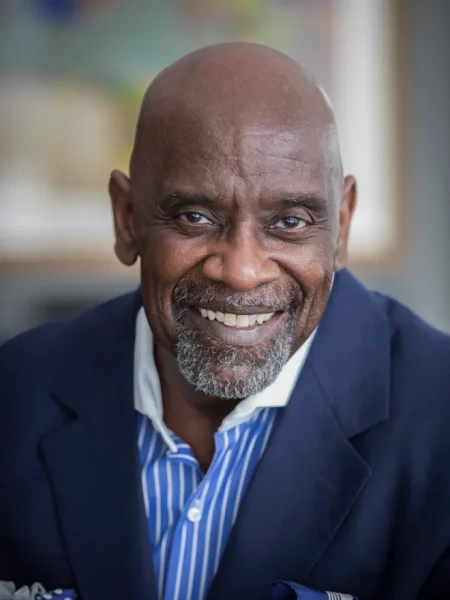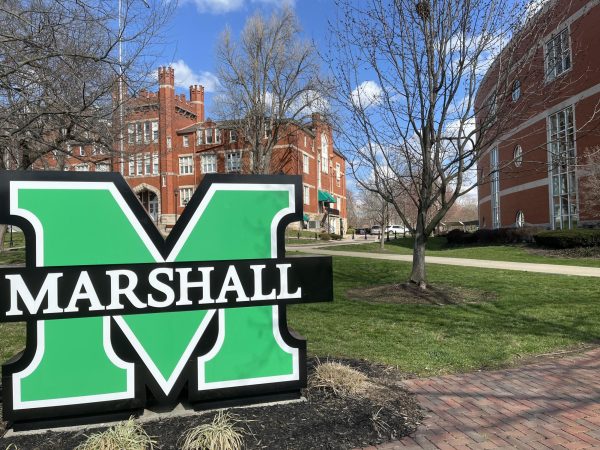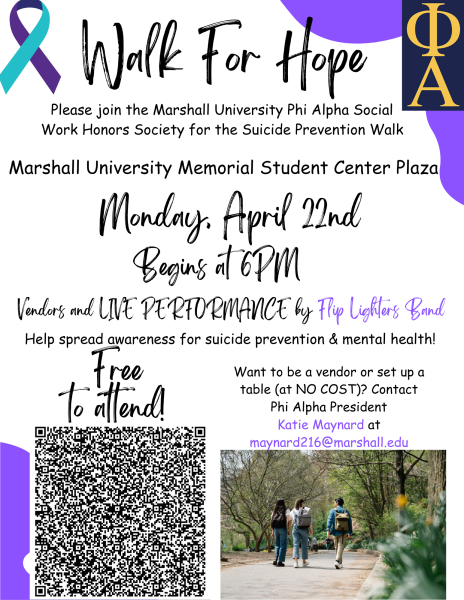Carter G. Woodson Lyceum unveils new Woodson Portrait
To celebrate the start of Black History Month at Marshall, the Carter G. Woodson Lyceum unveiled a new portrait of the honorable Dr. Carter G. Woodson through a virtual event that took place on Monday, Feb. 1.
Dr. Carter G. Woodson, to which both the new portrait and the Lyceum commemorate, is often referred to as the “Father of Black History.” Woodson’s dedication to the preservation of Black history and culture is what gave birth to the “Negro History Week,” which would later evolve into Black History Month thanks to the efforts of Woodson and his followers.
Woodson would also go on to find what we know today as the Association for the Study of African American Life and History.
While Woodson’s contributions do not go unnoticed, his ties to Huntington indeed do. It is lesser known that Woodson was, in fact, a Huntington native who spent the early years of his life as a coalminer. He also spent a good part of his early life at Douglass High School for schooling, which he would later return to as the principal.
Sassa Wilkes, the portrait artist and Marshall alumna, said that even she had no prior knowledge of Woodson. It wasn’t until her son had done his own extensive research that she found out about Woodson’s impact and legacy. Despite her surprise, Wilkes felt grateful.
“I just finished up a giant project called 100 Badass Women, and so these past couple of months for me have been going back and appreciating the contributions of people throughout history, and his were just enormous,” Wilkes said. “It’s just amazing that I get to be a part of that.”
Multiple individuals, such as former alum and Huntington Quarterly publisher, Jack Houvouras, Executive Director of ASLAH Sylvia Cyrus, Dr. Wendell Dobbs, Director of the West Virginia State Archives and History Joe Grieger and many more shared their own reactions to the portrait.
Professor Burnis R. Morris, Director of The Dr. Carter G. Woodson Lyceum, said that he was pleased with the portrait and that the portrait’s importance lies with the accuracy of its depiction.
“The study of Black history begins with him. I think because scholars and students who conduct research are often looking for additional photographs,” Morris said. “There are so few, you see the same ones over and over, so this one will probably catch their eye because it will be a new addition.”
Other speakers commended Wilkes on how the portrait brought out the qualities of Woodson despite working from a simple photograph.
“The most moving thing about a portrait isn’t the likeness,” Wilkes said. “That’s something that takes skill and practice. It’s crucial, but to me, it’s not at all the most important. To me, beyond the likeness, I really want to capture the spirit of someone.”
Huntington Mayor, Steve Williams, ended the unveiling ceremony with a proclamation to honor Woodson’s legacy by naming Feb. 1 as Dr. Carter G. Woodson Day in the city of Huntington.
Miranda Valles can be contacted at [email protected].
Your donation will help continue the work of independent student journalism at Marshall University. If you benefit from The Parthenon's free content, please consider making a donation.




